Since 1788, when Europeans came to Australia and took over, the Aboriginal people have been forced to live in a place and way of life that are not their own. First, there was a huge influx of foreigners, who brought diseases that killed off the Sydney tribes’ people. It is thought that more than 750,000 native people lived on the island continent in 1788. Even though Lt. James Cook saw people living along the east coast of Australia in 1770, the colonists were taught that the area was “no one’s land” (terra nullius).
Who are the Native Australians?
Aborigines are the people who have always lived in Australia. Official data from the last few years shows that about 400,000 aboriginal people, or about 2% of Australia’s total population, live in the country.
The first people to live in Australia, called Aborigines, came from Asia at least 30,000 years ago. Even though indigenous people come from 500–600 different tribes, they have a lot in common. There are strong spiritual beliefs that tie them to the land, a tribal culture of storytelling and art, and a terrible colonial past, like that of other indigenous peoples.
“The Dream”
Aboriginal spirituality is based on the idea that people are closely connected to the earth. Aborigines call the beginning of the world the “Dreaming” or “Dreamtime.” During the “Dreamtime,” the “Ancestors” of aboriginal people came up from the ground and made things like animals, bodies of water, and the sky.
But, unlike other religions, aboriginal beliefs do not separate people from nature or put people above nature. Aborigines think that some of their ancestors turned into natural things like rocks or rivers, where they still live on spiritually.
The Didgeridoo, Art, and Stories
Indigenous peoples have a rich cultural life because of the oral tradition of telling stories. Songs tell stories about the Dreamtime and other parts of the country. Dances and pictures made out of sand add to what people say.
Indigenous art in the Northern Territory includes carvings, bark and rock paintings, baskets, and beadwork. People have carved and painted on rocks in places like Arnhem Land, Ubirr, and Nourlangie. Many aborigines make a living by selling their own artworks.
Didgeridoo is the most well-known Aboriginal musical instrument. It is a bamboo wind instrument that is about five feet long and makes a low, buzzing sound. Aborigines play didgeridoos at important events like funerals, sunsets, and circumcisions.
How did they feel about the land?
Nothing could have been further from the truth for the Aboriginal people, especially the tribes who lived on the northern coasts of Sydney. What the early colonists didn’t understand, and what maybe many Australians are just now starting to see, was that the Aboriginal way of life was based on a complete connection with nature. They were able to make the most of their surroundings because they had learned and improved over thousands of years. For the Aboriginal people, things like killing animals for food or building a home were filled with ritual and spirituality and done in perfect harmony with their surroundings.
There was enough food, clean water, and a place to stay. Everything that was needed for a happy and healthy life was easy to get. It couldn’t go on like that. When the British came, they brought war and a lack of understanding. This was a sign that the northern Sydney clans and the other people who lived in the Sydney basin, the Dharawal to the south and the Dharug to the west, would soon be gone. The lack of food became a problem very quickly. The big white population killed off the fish by catching a lot of them with nets. They also killed off kangaroos by hunting them too much, cleared the land, and polluted the river. So, the Aboriginal people who lived in the Sydney Basin were on the verge of starvation.
A Movement for Land Rights
By the end of the 1880s, most aborigines were living in European cities and farms because they were forced to. Aboriginal people got new diseases and were left out of the economy. Because of this, there were a lot less people and many native groups went extinct.
In the 1970s, a big civil rights movement was based on land and property rights. Aborigines fought for equal rights, especially land rights for land that was taken by force by British settlers. The passage of the Aboriginal Land Rights Act in 1976 was very important in places where tribes lived. During the 1990s, more rights milestones happened, like when the government passed a law that gave indigenous people a lot more freedom and when their wages and welfare benefits went up.
Finding Out About the Past
Aboriginal history has been passed down through stories, dances, myths, and legends. The time for dreaming is over. A history of how the earth went from having no mountains, hills, valleys, or rivers to having them all. The dream talks about where the sun came from and how the stars were made.
There are a lot of Aboriginal sites in the Sydney metropolitan area. In the AHO partner Council areas alone, there are more than a thousand. Every day, development, vandalism, and natural wear and tear put these places in danger. Once the sites are destroyed, there is no way to get them back. The sites in Lane Cove, North Sydney, Willoughby, Ku-ring-gai, Strathfield, and Northern Beaches are in good shape and have a lot to do with our history. Before this area was colonised, the native people who lived there left behind a lot of evidence of their history and way of life. Aboriginal people are very proud of all Aboriginal sites because they show that Aboriginal people have lived in Australia in the past and are a link to their traditional culture. The scientific study of stone technology is emphasised because knowing how things were made and what animals were involved can tell us a lot about how people used to live. Elders from other parts of Australia where traditional knowledge has not been lost as much may also be able to give clues about what these places were used for. The history of each part of Australia is different.
Conclusion:
Just like there wasn’t a direct link between language and tribe, there wasn’t a strong link between cultural differences and environmental zones. The breaking down of these barriers is in line with how culture values dispersion and the growth of networks of connections through family, marriage, trade, and religious activities. Greater levels of ethnocentrism and intergroup conflict, as well as a greater focus on keeping borders, were more likely to be seen in places with more resources and more people, but not always.
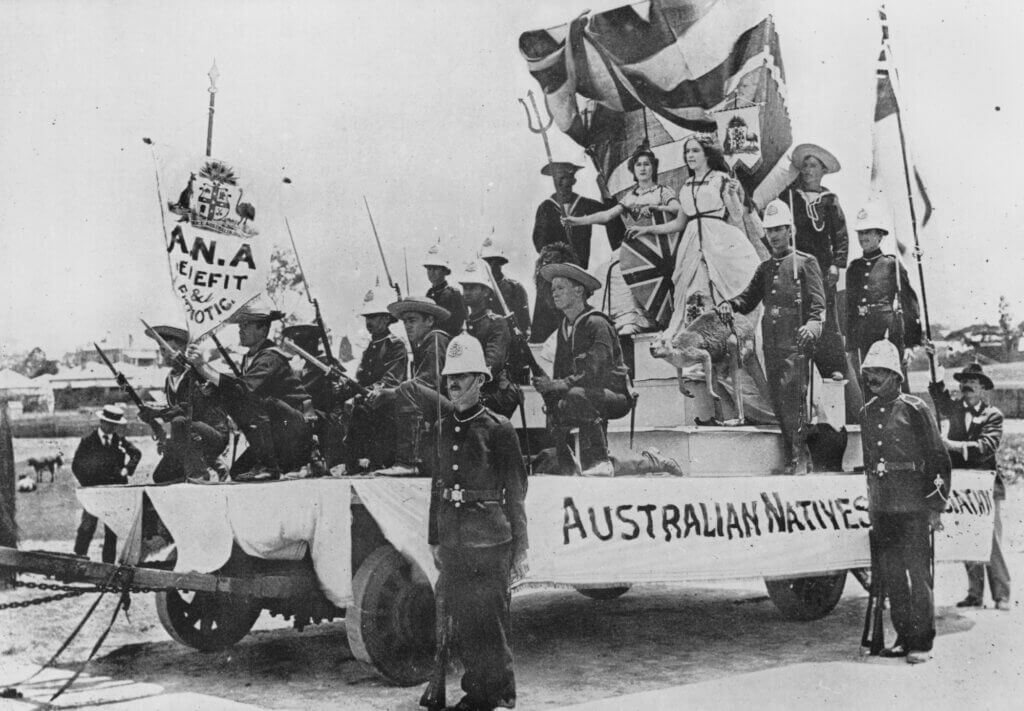
History of Australian Natives

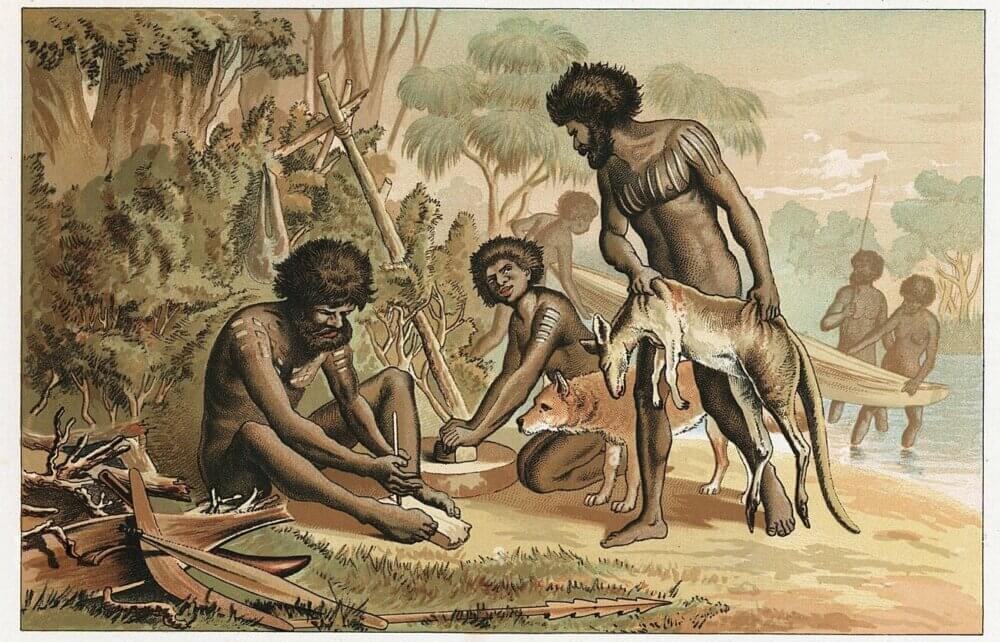
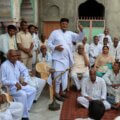


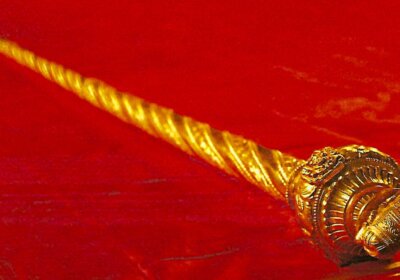
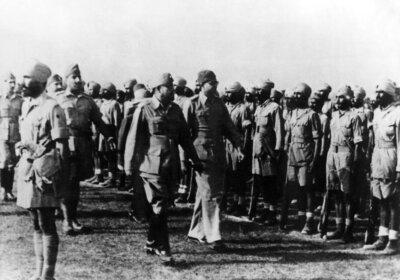
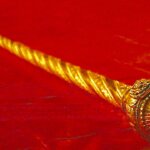
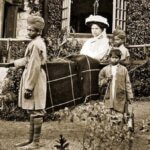
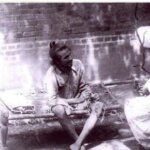


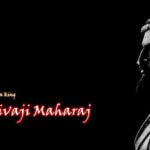
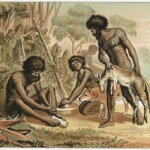



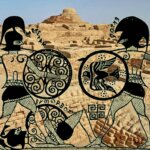





Pingback: Already Struggling Aussies Face Another Blow In BGT 2023